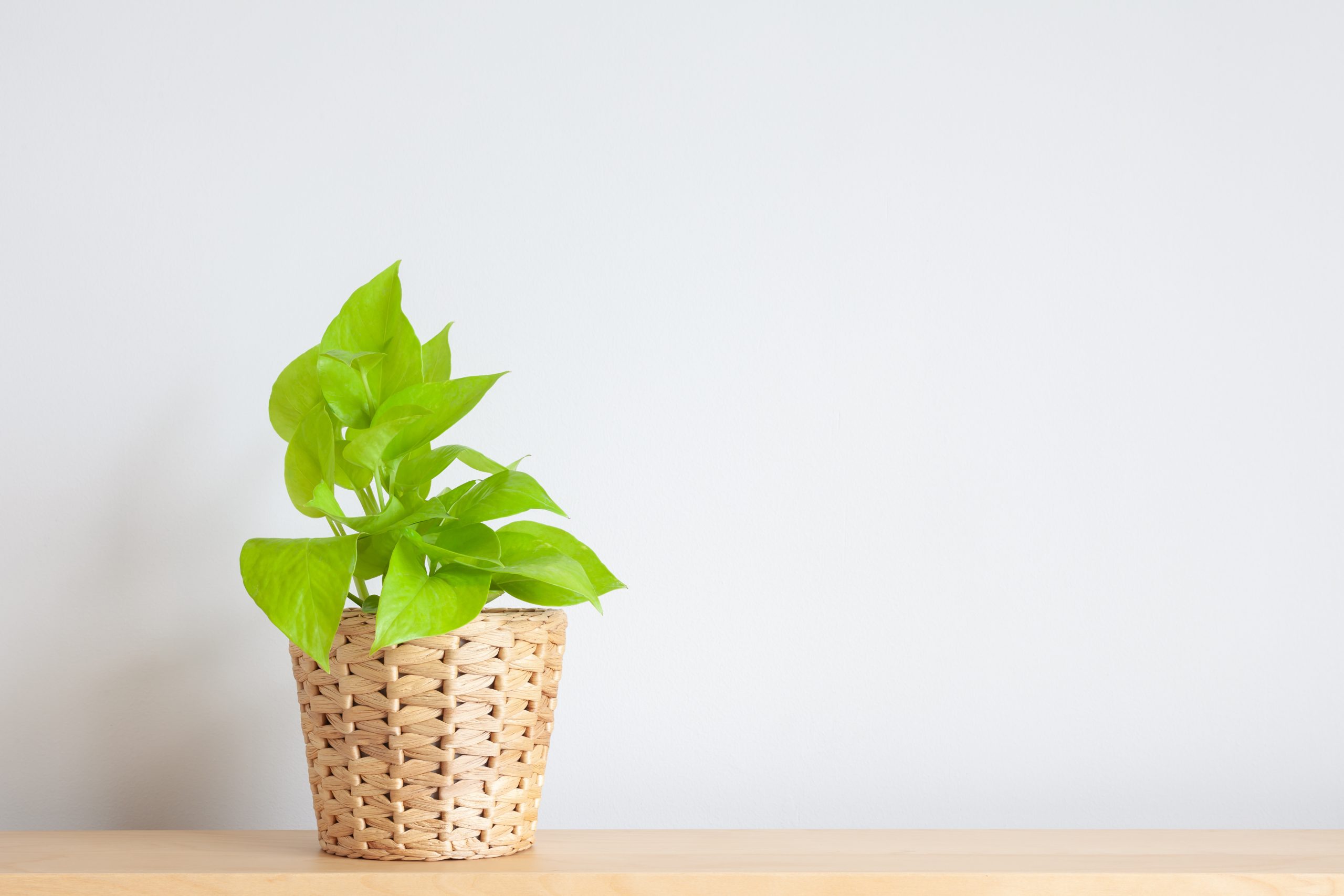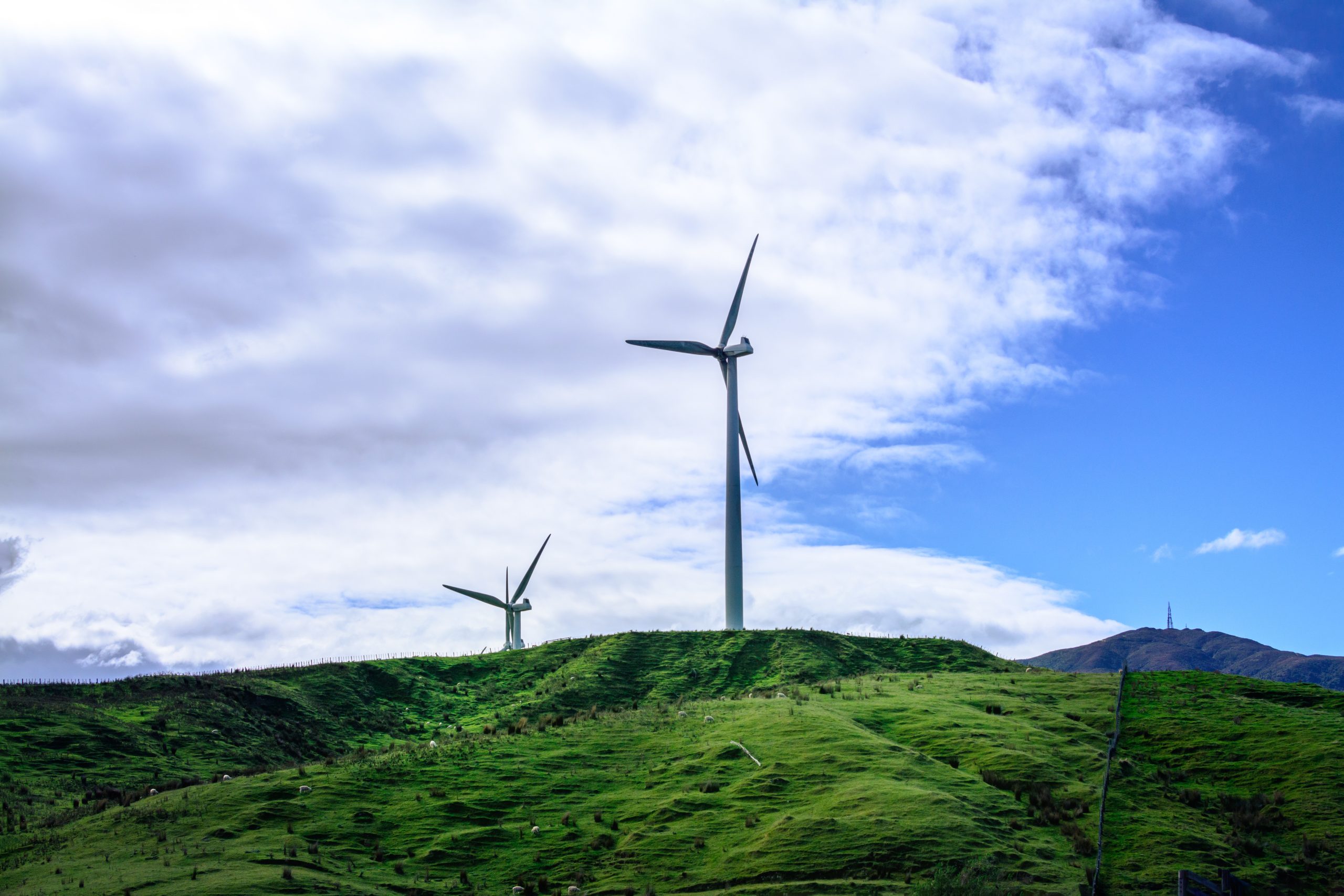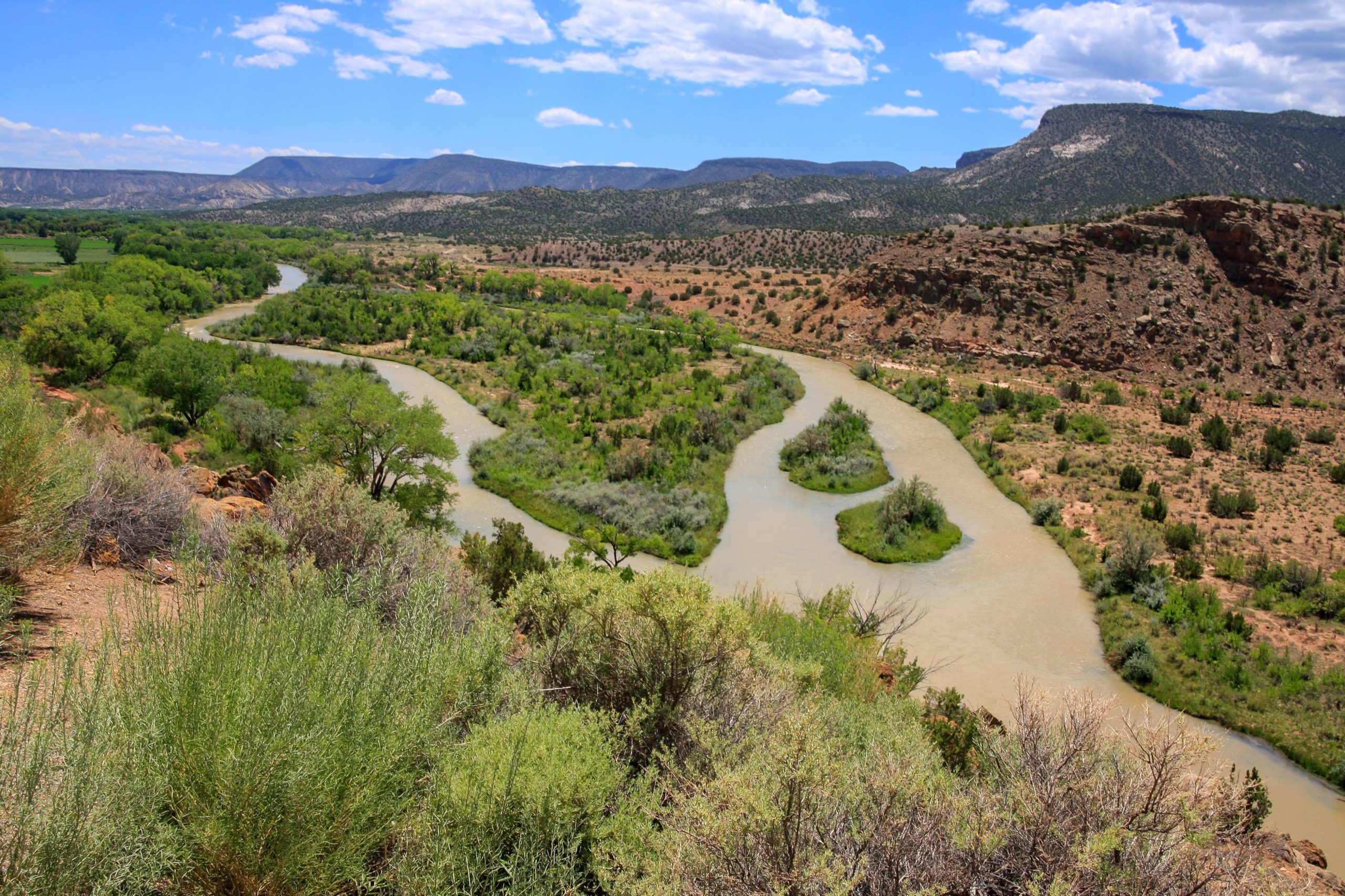Protected natural spaces serve as animal sanctuaries, places of research, and great family vacation destinations. These spaces offer the unique experience of viewing nature in its undisturbed state, but how much of our planet should we set aside as protected natural spaces? Biologist E.O. Wilson has advocated for setting aside half of the globe as natural space to meet the climate change reduction goals of the Paris Climate Agreement and save critically endangered species. This may sound like an ambitious goal, but a recent National Geographic poll of 12,000 adults showed strong support for this conservation plan.
The poll found highest rates of conservation endorsement in countries like Brazil and South Africa with rich natural resources and biodiversity. However, the poll also found that many people were not aware of how severe the loss of biodiversity has been (we have lost about 60% of vertebrate populations since 1960) and overestimated how much of Earth’s surface is currently protected.
Whether this public demand for increased natural space protection will translate into government action is yet to be seen, but the UN Convention on Biological Diversity, set for October 2020, could be a powerful tool for bringing international discussions on natural space protections to the table. One crucial takeaway from the poll is that “regardless of political or cultural backgrounds, very few people think extinction is acceptable.” Per National Geographic executive vice-president and chief scientist, Jonathan Baillie.












